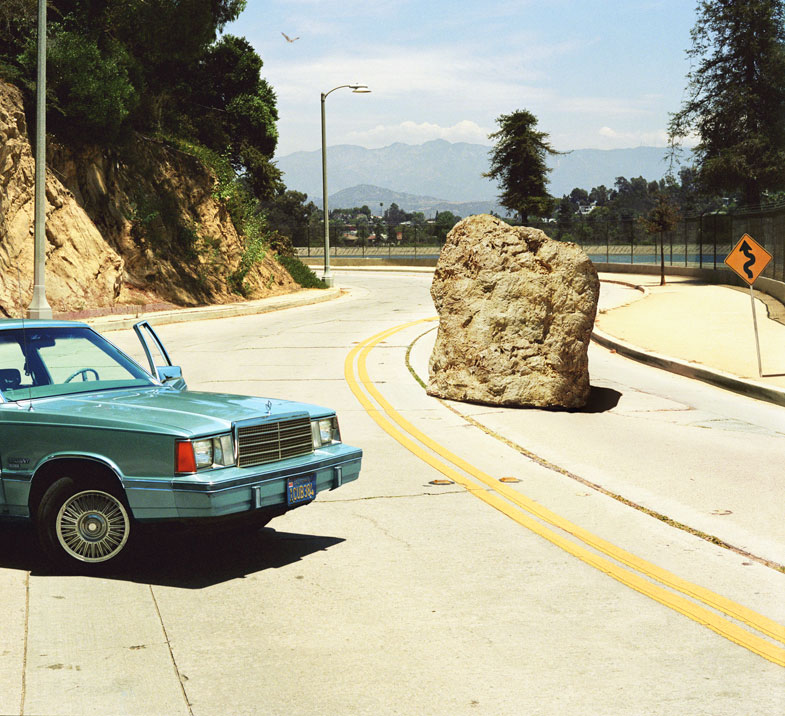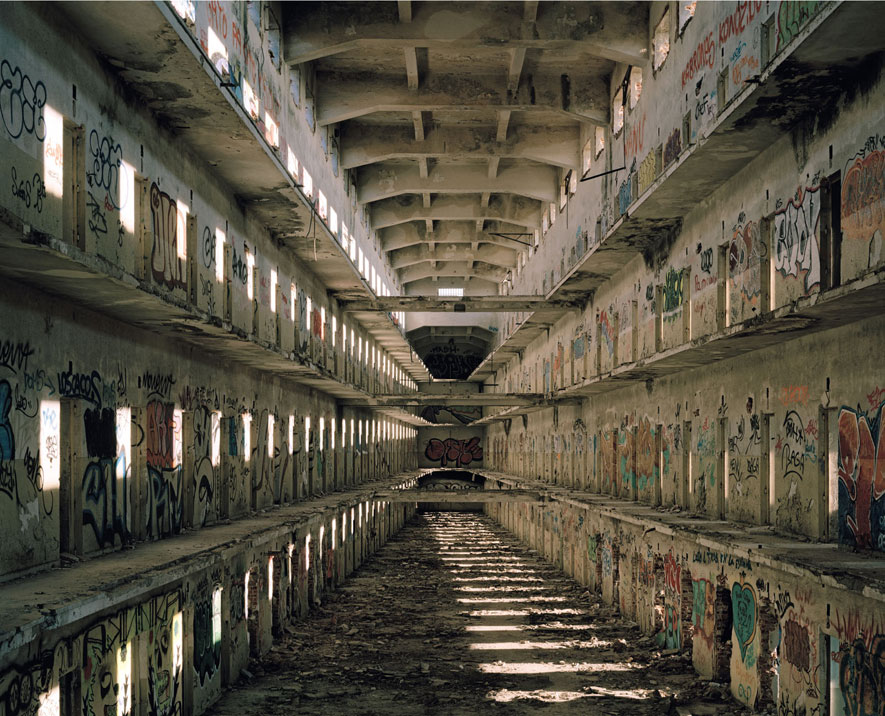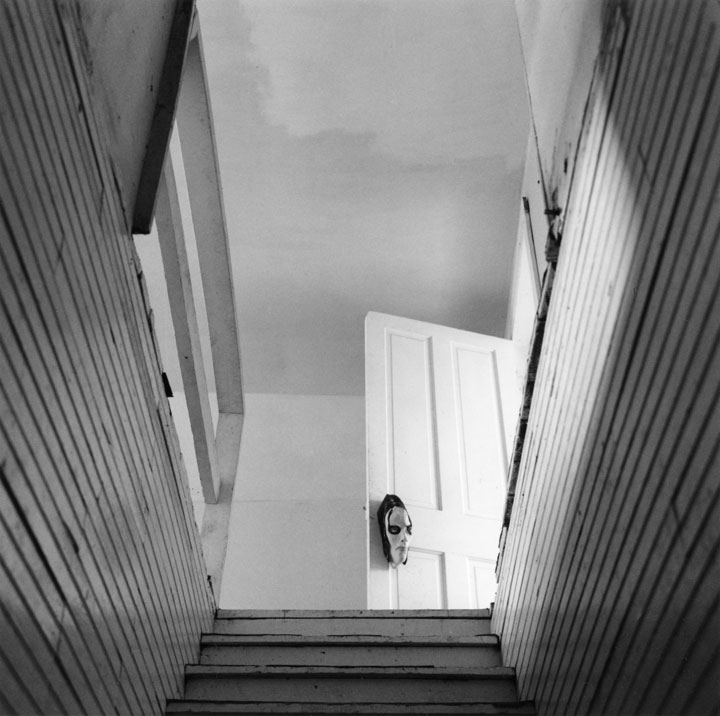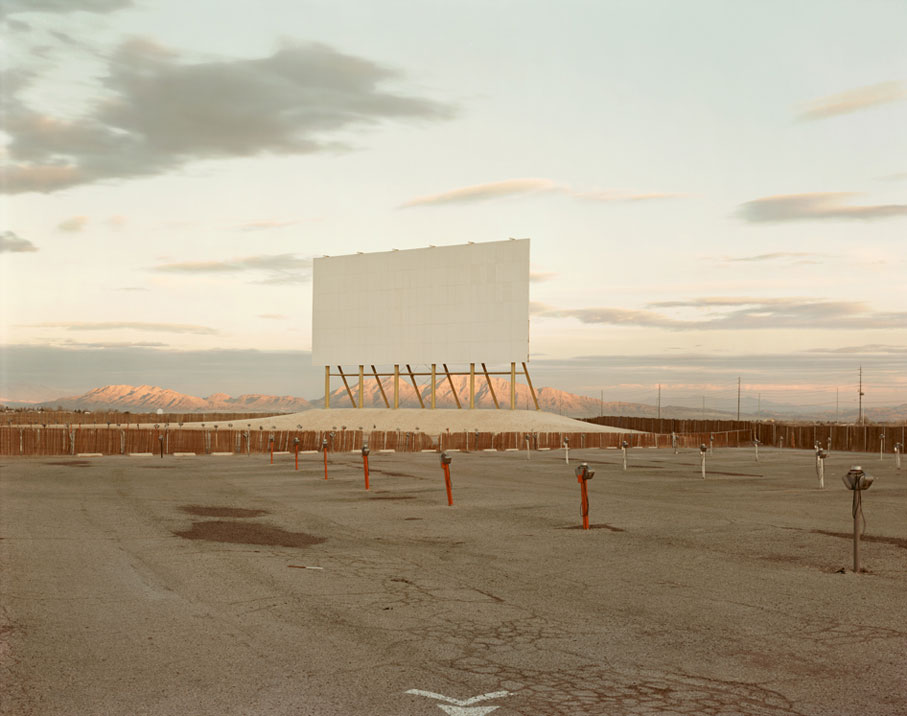![Rineke-Dijkstra-Beach-Portrait-Coney-Island Beach Portrait Coney Island New York by Rineke Dijkstra]() “Coney Island, N.Y., USA, June 20, 1993.” Chromogenic print, 117 x 94 cm. Courtesy the artist and Marian Goodman Gallery, New York and Paris. © Rineke Dijkstra
“Coney Island, N.Y., USA, June 20, 1993.” Chromogenic print, 117 x 94 cm. Courtesy the artist and Marian Goodman Gallery, New York and Paris. © Rineke Dijkstra
Rineke Dijkstra: A Retrospective opens today at the Guggenheim in New York City. The midcareer survey of the Dutch portraitist’s work was previously on display at SFMOMA. Known for her modern approach to portraiture, many of the subjects in Dijkstra’s large-scale color photos are young adults and teens. The extensive exhibition includes work from many of her series, including “Beach Portraits,” which features portraits of adolescents taken on the beach; “Almerisa,” her long-term project photographing a Bosnian refugee living in the Netherlands; and portraits of women with their newborn babies immediately after giving birth. Also included in the exhibition is her video work. To learn more about Dijkstra and see a slide show of her work, check out our recent profile of her.
![Rineke-Dijkstra-Vondelpark-Amsterdam Vondelpark, Amsterdam, group portrait by Rineke Dijkstra]() “Vondelpark, Amsterdam, Netherlands, June 19, 2005.” Chromogenic print, 94 x 117 cm. Courtesy the artist and Jan Mot. © Rineke Dijkstra
“Vondelpark, Amsterdam, Netherlands, June 19, 2005.” Chromogenic print, 94 x 117 cm. Courtesy the artist and Jan Mot. © Rineke Dijkstra
![Rineke-Dijkstra-Beach-Portrait-Dubrovnik-Croatia Beach Portrait Dubrovnik Croatia by Rineke Dijkstra]() “Dubrovnik, Croatia, July 13, 1996.” Chromogenic print, 117 x 94 cm. Courtesy the artist and Marian Goodman Gallery, New York and Paris. © Rineke Dijkstra
“Dubrovnik, Croatia, July 13, 1996.” Chromogenic print, 117 x 94 cm. Courtesy the artist and Marian Goodman Gallery, New York and Paris. © Rineke Dijkstra
![Rineke-Dijkstra-Almerisa-1994 Almerisa 1994 by Rineke Dijkstra]() “Almerisa, Asylum Center Leiden, Leiden, Netherlands, March 14, 1994.” Chromogenic print, 94 x 75 cm. Courtesy the artist and Marian Goodman Gallery, New York and Paris. © Rineke Dijkstra
“Almerisa, Asylum Center Leiden, Leiden, Netherlands, March 14, 1994.” Chromogenic print, 94 x 75 cm. Courtesy the artist and Marian Goodman Gallery, New York and Paris. © Rineke Dijkstra
![Rineke-Dijkstra-French-Foreigh-Legion-Olivier Olivier French Foreign Legion by Rineke Dijkstra]() “Olivier, The French Foreign Legion, Camp Raffalli, Calvi, Corsica, June 18, 2001.” Chromogenic print, 90 x 72 cm. Courtesy the artist and Marian Goodman Gallery, New York and Paris. © Rineke Dijkstra
“Olivier, The French Foreign Legion, Camp Raffalli, Calvi, Corsica, June 18, 2001.” Chromogenic print, 90 x 72 cm. Courtesy the artist and Marian Goodman Gallery, New York and Paris. © Rineke Dijkstra
![Rineke-Dijkstra-Self-Portrait-Marnixbad-Amsterdam Rineke Dijkstra self portrait]() “Self Portrait, Marnixbad, Amsterdam, Netherlands, June 19, 1991.” Chromogenic print, 35 x 28 cm. Courtesy the artist and Marian Goodman Gallery, New York and Paris. © Rineke Dijkstra
“Self Portrait, Marnixbad, Amsterdam, Netherlands, June 19, 1991.” Chromogenic print, 35 x 28 cm. Courtesy the artist and Marian Goodman Gallery, New York and Paris. © Rineke Dijkstra
![Rineke-Dijkstra-Ruth-Drawing-Picasso Ruth Drawing Picasso by Rineke Dijkstra]() “Ruth Drawing Picasso, 2009.” Single-channel HD video projection, with sound, 6 min., 33 sec., looped. Courtesy the artist and Marian Goodman Gallery, New York and Paris. © Rineke Dijkstra
“Ruth Drawing Picasso, 2009.” Single-channel HD video projection, with sound, 6 min., 33 sec., looped. Courtesy the artist and Marian Goodman Gallery, New York and Paris. © Rineke Dijkstra
![Rineke-Dijkstra-The-Krazyhouse The Krazyhorse by Rineke Dijkstra]() “The Krazyhouse (Megan, Simon, Nicky, Philip, Dee), Liverpool, UK, 2009.” Four-channel HD video projection, with sound, 32 min., looped. Courtesy the artist and Marian Goodman Gallery, New York and Paris. © Rineke Dijkstra
“The Krazyhouse (Megan, Simon, Nicky, Philip, Dee), Liverpool, UK, 2009.” Four-channel HD video projection, with sound, 32 min., looped. Courtesy the artist and Marian Goodman Gallery, New York and Paris. © Rineke Dijkstra








































































































































